February is the season of love and also National Pet Dental Health Month. Periodontal disease is the most commonly diagnosed dental disease in pets, with most pets showing dental disease signs by age 3, so there’s no better way to show your pet some love this month—and all year long—than by taking action to support their dental health. Our team at Neighborhood Veterinary Centers of Richmond explains why dental health matters, common dental problems, prevention strategies, and treatment options to help you keep your pet’s mouth healthy and disease-free.
Dental disease in pets
Many pet owners presume dental disease is common only in older pets and are surprised to learn that pets of all ages are at risk. Almost immediately after your pet eats, the bacteria left on their teeth form sticky plaque, which quickly hardens into tartar and traps oral bacteria in and around the gum line and tooth roots. Without preventive care or treatment, dental disease can cause the following problems for your pet:
- Bleeding gums — Your pet’s gums will become sensitive and inflamed and may start to bleed.
- Loose teeth — As periodontal disease worsens, the structures supporting your pet’s teeth can break down, loosening teeth that will likely need extraction.
- Tooth abscesses — Periodontal disease can also lead to tooth abscesses that can rupture through your pet’s face and create open wounds in their cheek or chin.
- Jaw fractures — Advanced periodontal disease causes breakdown of the bones that support your pet’s teeth, and jaw fractures can occur.
- Eye problems — The teeth in the back of your pet’s mouth sit underneath their eyes, and can affect your pet’s eye if they develop a tooth root infection.
- Oral cancers — Chronic periodontal disease puts your pet at higher risk for oral cancers.
- Organ damage — The bacteria that cause periodontal disease can enter your pet’s bloodstream and damage body organs, including their kidneys, liver, and heart.
Dental disease signs in pets
Bad breath is the most common and recognizable dental disease sign in pets, but you must also monitor your pet for more subtle dental disease signs that indicate a veterinary exam is needed. These signs include:
- Decreased appetite
- Bleeding from the mouth
- Blood on chew toys
- Abnormal chewing
- Dropping food from the mouth while eating
- Excessive drooling
- Swelling around the mouth
- Pain in or around the mouth
- Nasal discharge
- Behavior changes (i.e., irritability, or hiding more often [cats])
- Red or swollen gums
Professional veterinary dental cleanings
All pets require professional dental cleanings periodically. For pets with severe disease that is progressing quickly, cleanings may be recommended once or twice per year. Pets with minimal disease may need a cleaning only every few years. During a professional dental cleaning, your anesthetized pet undergoes:
- Dental X-rays — Each tooth is individually X-rayed to examine the root structure and surrounding bone. Most dental diseases (e.g., bone loss, or root abscess) are discovered on X-rays.
- Scaling — Tartar is removed above and below the gum line from all teeth.
- Polishing — Polishing smooths the teeth after scaling, leaving a plaque-repellent surface.
- Oral examination — Your veterinarian checks gum pocket depth, examines the health of each tooth, and compares the findings with X-rays to determine necessary treatments.
- Treatments — Loose, fractured, or otherwise diseased teeth typically are extracted to remove the source of pain and infection and allow the diseased area to heal. This helps prevent disease from spreading to surrounding teeth.
At-home pet dental care
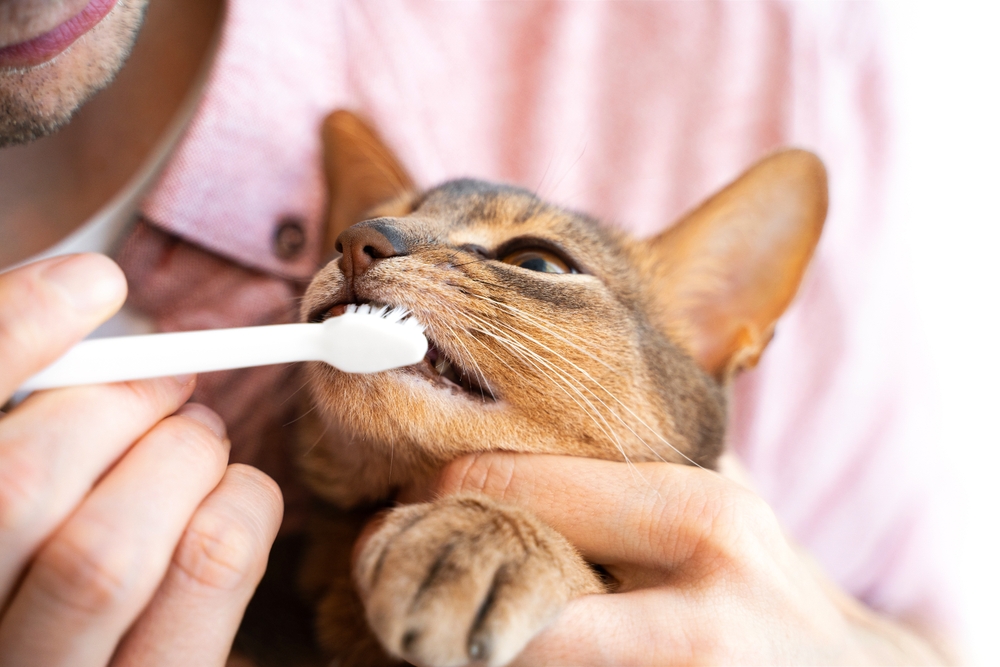
While dental home care cannot replace a professional veterinary cleaning, maintaining your pet’s oral health is extremely important. Steps you can take include:
- Brushing your pet’s teeth — Daily toothbrushing to remove plaque will promote good oral health and help prevent costly dental procedures in the future. Ensure you use pet-specific toothpaste, since human toothpaste can be harmful for pets, and a soft toothbrush that is small enough to easily fit inside your pet’s mouth. You can also find brushes that fit on your finger. Most pets, including those who have never had their teeth brushed, learn to tolerate the procedure.
- Feed dental treats and chews — Many dental treats and chews made specifically to remove plaque buildup are available, and many contain ingredients that can also help freshen your pet’s breath. Ensure you choose products approved by the Veterinary Oral Health Council.
Stay on top of your pet’s dental health by contacting our Neighborhood Veterinary Centers of Richmond team to discuss your pet’s dental care needs, or to schedule a dental consultation.


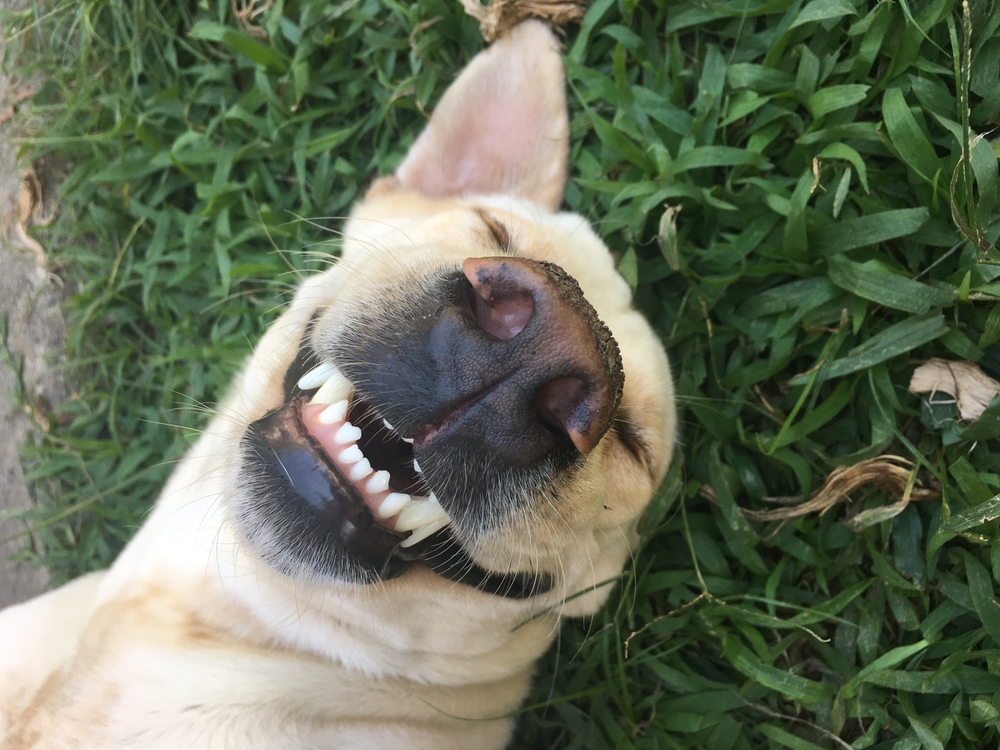
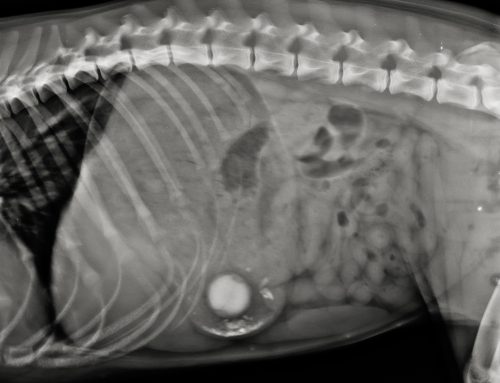
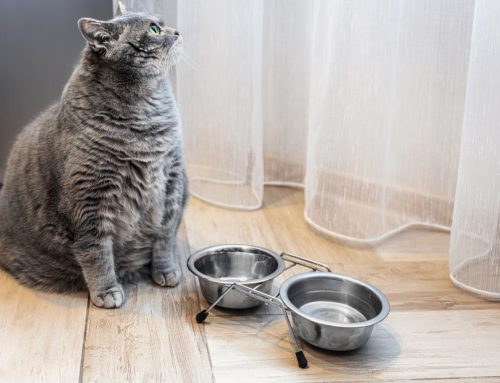
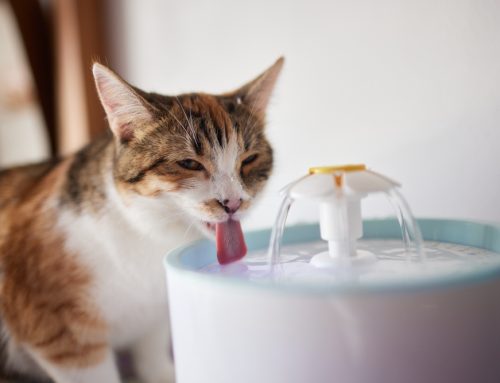
Leave A Comment